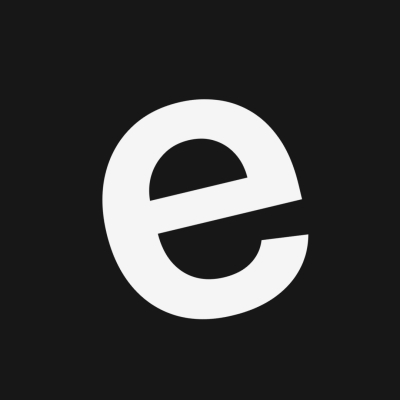If you are a creator of educational resources, you might want to share your work with others online. But how can you do that without giving up your rights or losing control over your content? That's where Creative Commons licenses come in.
Creative Commons licenses are a set of legal tools that allow you to grant certain permissions to the public while retaining your copyright. They let you choose how others can use your work, whether for commercial or non-commercial purposes, whether they can make changes or adaptations, and whether they have to share their modifications under the same terms.
By using a Creative Commons license on your work, you make it clear to other users what they can and cannot do with it. You also contribute to a growing pool of content that can be freely copied, distributed, edited, remixed, and built upon, all within the boundaries of copyright law.
There are six different types of Creative Commons licenses, each with a different combination of permissions and restrictions. You can choose the one that best suits your needs and preferences by answering two simple questions:
- Do you want to allow commercial use of your work?
- Do you want to allow modifications of your work?
Depending on your answers, you will get one of these licenses:
- CC BY: This license allows anyone to use your work for any purpose, as long as they give you credit. This is the most permissive and open license.
- CC BY-SA: This license allows anyone to use your work for any purpose, as long as they give you credit and share their modifications under the same terms. This license is similar to the one used by Wikipedia and other open source projects.
- CC BY-NC: This license allows anyone to use your work for non-commercial purposes only, as long as they give you credit. This license is suitable for creators who want to limit the commercial exploitation of their work.
- CC BY-NC-SA: This license allows anyone to use your work for non-commercial purposes only, as long as they give you credit and share their modifications under the same terms. This license is suitable for creators who want to limit the commercial exploitation of their work and encourage collaboration and remixing.
- CC BY-ND: This license allows anyone to use your work for any purpose, as long as they give you credit and do not make any changes or adaptations. This license is suitable for creators who want to preserve the integrity of their work.
- CC BY-NC-ND: This license allows anyone to use your work for non-commercial purposes only, as long as they give you credit and do not make any changes or adaptations. This license is suitable for creators who want to preserve the integrity of their work and limit the commercial exploitation of their work.
You can learn more about each license and its symbols on creativecommons.org/licenses/.
Once you have chosen a Creative Commons license for your work, you can apply it easily on @elemedu. Here are the steps:
- Create a new account or log in to an existing one
- Upload your educational resource (e.g., lesson plan, worksheet, etc.)
- Fill in the required information about your resource (e.g., title, description, subject, grade level, etc.)
- Choose a Creative Commons license from the drop-down menu
- Click on "Upload file"
That's it! Your resource will now have a Creative Commons license attached to it, which will be visible to other users on @elemedu. They will be able to see what permissions and restrictions apply to your work and how to attribute you properly.
That's all! Thank you for choosing @elemedu and Creative Commons licenses!

